Grapes: Pruning in Spring for Beginners
Correct pruning of grapes in spring will increase yields and improve the quality of the berries - they will become larger, their taste will be richer. This procedure not only stimulates the early ripening of the fruits, but also facilitates the care of the plant: it is easier to harvest from cut bushes.
Spring pruning time
In early March, overwintered vineyards are carefully examined. Areas affected by necrosis are cut out, areas damaged by bacterial cancer or spotting are treated with a 6% solution copper sulfate.
It is advisable to complete the pruning of uncovered grape varieties by mid-March in order to avoid the release of juice from the grapevine (this phenomenon is often called "crying of the vine").
If a vineyard is planted in the lower reaches of rivers, ponds, then it is more affected than those that grow on a hill.
Pruning a shapeless grape bush is not easy for a beginner. Therefore, in many areas, such bushes practically do not yield. Indeed, with improper formation, the bush overgrows with a large number of weak shoots, which do not ripen by winter and freeze out. In addition, thickened bushes are highly susceptible to diseases, so it is not possible to see a full harvest on them.
To properly prune grapes in the spring, let's first figure out what parts the bush consists of.
Components of the bush
A grape bush at the time of pruning usually includes the following components: an old woody part (from 2 years old), biennial and annual shoots.
Branched shoots are called sleeves - on each of them there are several fruit links. In the early spring period, each such link is a small shoot with 2-3 eyes and one fruit shoot with a large number of eyes.
On each fruit-bearing shoot, there are several new shoots that will bear fruit. Those shoots that have already borne fruit are usually called branches.
Important!
Annual shoots grown on old wood, and not from last year's biennial shoots, are called tops. In the next season, it will still not be possible to get a harvest from them. Usually, it is enough to prune them only once in the spring so that they turn into fruit and give a harvest.
Shoots that have grown on the basis of last year's shoots, and not from old wood, are considered fruit-bearing; they will most likely have a harvest next year.
To prune correctly, you need to learn to distinguish between one- and two-year-old shoots. Annuals have golden barks and grow on biennial shoots or old replacement buds.
Pruning technique
Well-developed bushes with powerful shoots should be cut off, leaving on them from six to eight short-cut annual replacement shoots, each of which has 2-4 eyes (half of them are spare). The same number of long cut shoots should remain (with 10 - 15 eyes).
In general, the rule is simple: cut short to get new shoots on the basis of old ones, long - to get a harvest next season.
All other shoots are superfluous, they are cut out completely at the base of the bush, since a large number of them will simply deplete and thicken the bush.
So, for short pruning, shoots are chosen that are in the lower part of the bush and are located in close proximity to the trellis wire. Long biennial shoots are cut for harvest. All other shoots, in addition to those indicated above, are simply removed. This will be the end of the first stage of pruning of bushes without forming in late February - early March.
In the second year with such bushes do the following.
- On those shoots that have been cut short, two shoots will appear. The lower one must again be cut short, leaving 2 - 4 eyes, and the upper one - long, leaving 10-15 eyes.
- The shoot that already bore fruit last year is completely removed.
In the third year, the final pruning is performed.
The branches that bore fruit are again removed, on all replacement knots the lower shoot is cut short, the upper one - long, leaving the usual 2-4 and 10-15 eyes, respectively.
All subsequent years, pruning is performed in the same order and guided by the above recommendations.
- Shoots are divided into annual and biennial. Leave the recommended number of eyes on them.
- When the final pruning of the bushes containing two shoots is performed, the one that is located below is placed slightly away from the central part of the bush and cut very shortly, leaving four eyes on it (2 main and two spare).
- The second is formed just above the replacement knot, cut not so short that there are more eyes.
Those branches that have already borne fruit are completely removed, but if they want to get a replacement shoot from them in the future, proceed as follows.
- Cut one branch located at the very bottom, very shortly, and cut the one next to it long.
- The rest of the bush is pruned in the usual way, including tops and fattening shoots (unless you plan to use them to form new arms).
Advice
For the sleeves, it is advisable to leave those shoots that are most conveniently located in relation to the trellis, to which they will have to be tied in the future.
Tips for beginner gardeners
There are several nuances in caring for a vine that should be known to everyone who has just started to master viticulture.
- When pruning in spring, ensure that the number of eyes left always matches the strength of the shoot as a whole.
- A sharp increase in the load on the bush is undesirable - so you overload it with grapes, the vine may simply not withstand their weight and not ripen until frost.
- It should be remembered that return frosts are dangerous for vineyards in the spring season. If they fall in the second phase, when young unhardened buds and ends of the shoots are affected, then the damage from them is much stronger than from autumn frosts, which affect only leaves (sometimes berries).
- Severe frosts, ice rains and snowstorms, which are observed in early spring, are accompanied by glaciation of uncovered grape varieties. A large layer of ice can break the shoots, and the buds under the ice crust can suffocate. If you are faced with such a phenomenon, then in no case break the ice, so you will engrave the bark of the vine and dormant buds. The harm will be greater than from the ice itself.
So, although pruning grapes can be difficult for beginners, it is still a mandatory procedure, without which it is simply impossible to get a healthy and fruitful vine. Therefore, it is worth studying all the nuances and from the very beginning to provide grape seedlings with proper care for their full development.
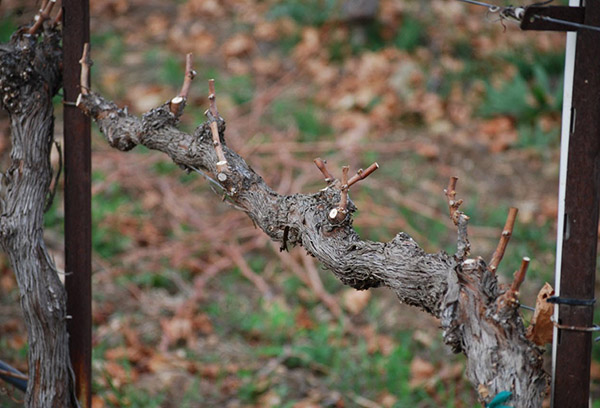
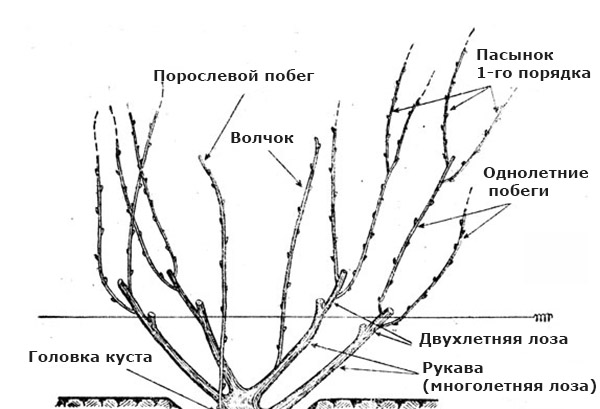
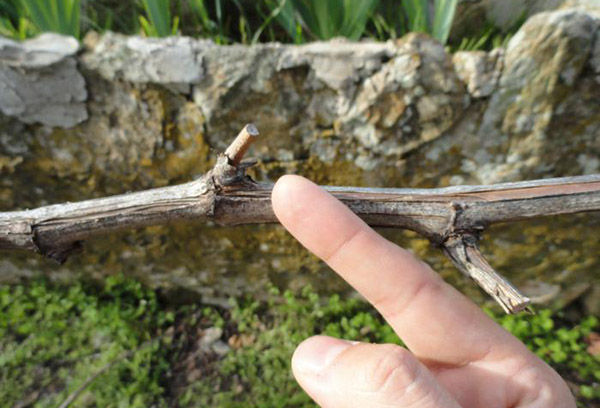

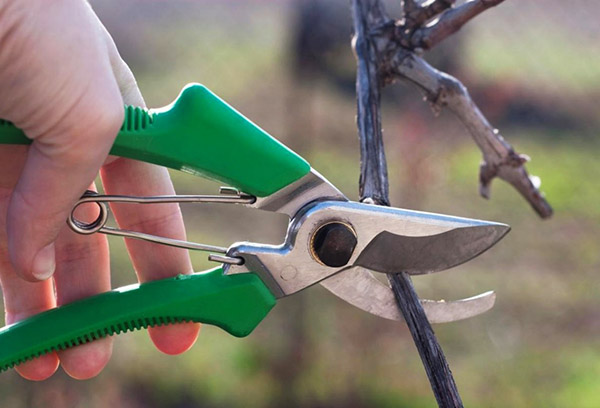
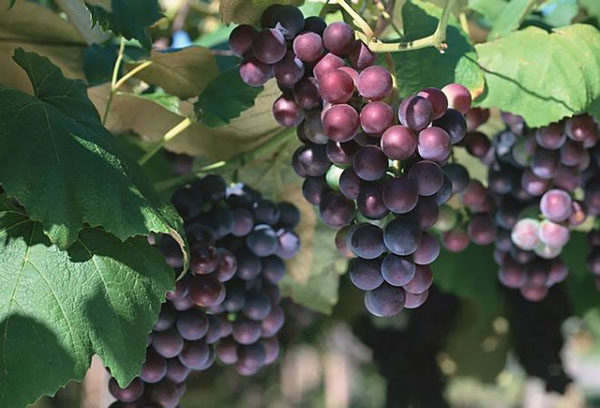
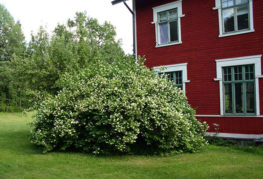
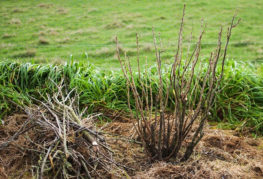
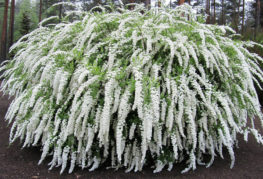
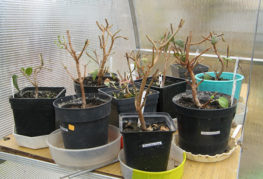

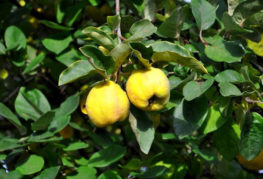
and will be published shortly.